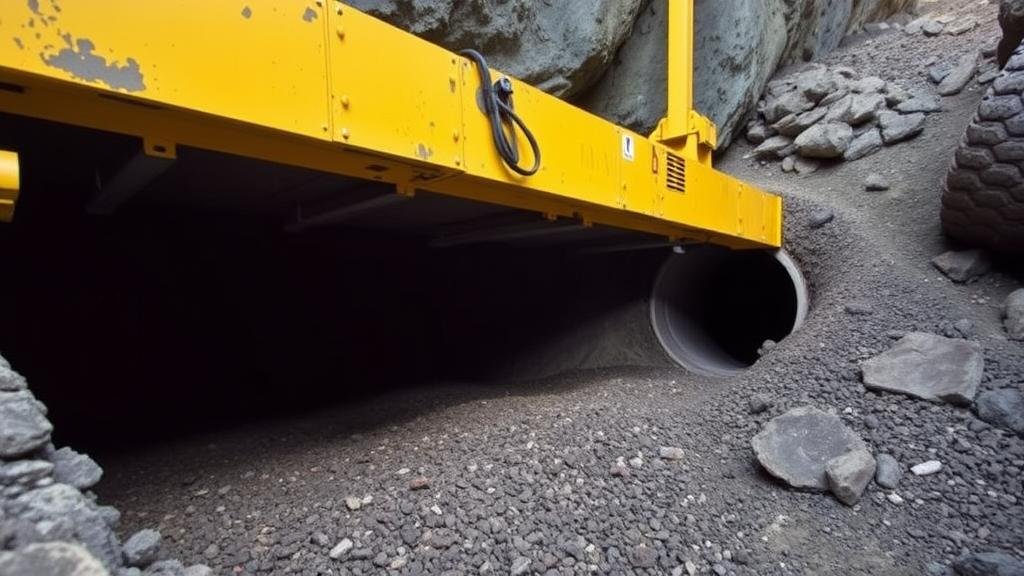Building Ore Chutes for Efficient Material Movement Underground
Building Ore Chutes for Efficient Material Movement Underground
Ore chutes play a vital role in the mining industry, facilitating the efficient movement of materials from ore deposits to processing or transportation systems. This article delves into the significance of ore chutes, the factors influencing their design and construction, and the best practices for ensuring optimal performance in underground operations.
The Importance of Ore Chutes
Ore chutes are inclined structures designed to channel mined materials from one level of a mine to another. They serve as a critical link in the material handling process, directly impacting the overall efficiency of mining operations. Properly designed ore chutes can:
- Minimize material loss during transit.
- Reduce operational costs by improving material handling efficiency.
- Ensure the safety of workers by controlling the flow of materials.
Key Design Considerations
Designing an effective ore chute requires careful consideration of various factors that influence its performance. These factors include:
- Material Properties: The physical characteristics of the mined material, such as size, weight, and moisture content, determine the chutes capacity and the required angle of inclination.
- Chute Dimensions: The width and depth of the chute must accommodate the throughput while preventing blockages. For example, a copper mine might require wider chutes compared to a gold mine due to the difference in material density.
- Flow Control Features: Incorporating baffles or gates can help regulate the speed and volume of the material flow, thereby reducing wear and tear on the chute and surrounding equipment.
Material Selection
The materials used in constructing ore chutes must withstand abrasive conditions present in mining environments. Common materials include:
- Steel: Known for its durability and strength, steel is often used in high-wear areas.
- Rubber Linings: These can be added to reduce friction and impact, limiting wear on metal components.
- Composite Materials: Combinations of plastics and polymers can be effective in minimizing friction and resisting corrosion.
Case Study: Useation in a Copper Mine
A notable example of ore chute implementation can be observed in the Barrick Golds Veladero mine in Argentina. The mine utilized a series of ore chutes designed to handle high volumes of copper ore. By integrating adjustable chutes that allowed for variable angles of descent, the mine was able to optimize the flow of materials, effectively increasing throughput by over 20% while reducing equipment maintenance costs significantly.
Maintenance and Monitoring
Ongoing maintenance is crucial for ensuring the longevity and efficiency of ore chutes. Regular inspections can help identify wear patterns and allow for timely repairs. Key maintenance practices include:
- Routine visual inspections to assess structural integrity.
- Monitoring flow rates to identify potential blockages.
- Using sensors to track material movement and detect abnormalities.
Addressing Potential Concerns
Some common concerns regarding ore chutes include the risk of material spillage and environmental impact. To address these issues:
- Design chutes with containment features to prevent spills.
- Incorporate dust suppression systems to mitigate airborne particulate pollution.
Conclusion
Building efficient ore chutes is essential for optimizing material movement underground. By considering the design factors, utilizing suitable materials, and implementing regular maintenance, mining operations can enhance their productivity while ensuring worker safety and minimizing environmental impacts. The success of ore chutes reflects not only on operational efficiency but also on the sustainability practices embraced by the mining industry.


